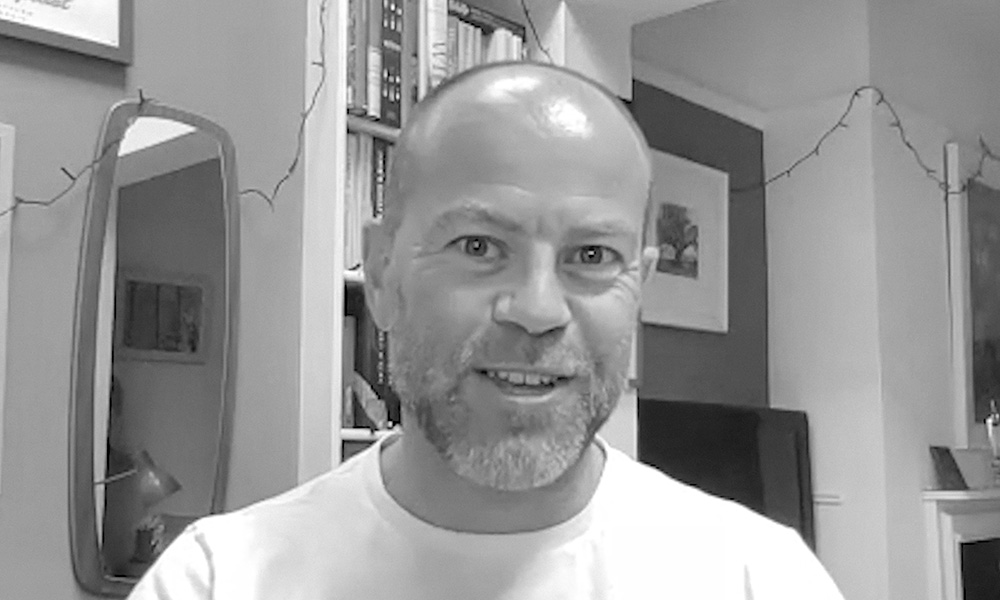An organisation is run by hidden rules. These rules are not hidden because managers and leaders try to conceal them, but because we need a specific lens to see them.
A huge part of understanding (and sometimes nudging) human behaviour relies on thinking clearly in these two dimensions: the individual and the social. Although psychologists and sociologists aren’t too fond of each other (in my experience, having studied both), the collective wisdom of these two disciplines converge on the topic of belonging.
At the atomic level our psychological health – and even our very sense of reality – depends on our observation of others, through which we endlessly affirm our perceptions and beliefs. As the group shapes us, we shape the group. It is an endless game of route adjustment for us. This effect is omnipotent when we are teenagers: nothing is more important than what our peers think of us. It is no coincidence that this effect is the most powerful when we are at the most critical era of our personality development. As we age, we find it easier to depend on our own reality, but the group’s effect on us is always there.
Cultures are constructed as the collective expression of our groups’ social and psychological needs. How can we responsibly use these social dynamics that are embedded in our group-think, to shape a company culture?
When pitted against each other, the human desire to belong to a group overpowers the logical and analytical parts of our brain. Not always, but much more often than you think.
Sociology begins the moment when two people interact. Passing by a stranger on the street, you might gently smile, give a head nod, ignore, or puff-up and stare intimidatingly, depending on what cultural rules you live under. There is always a set of rules – invisible, but hanging up in the air – that we take as guidelines on what to do and what not to do. If these rules were indeed visible, then every tourist in London would be acting in accordance with the cultural customs of the English. Becoming a Londoner, for this very reason, has less to do with owning property in South Kensington and more to do with being able to decipher what people are feeling when the tube stops unexpectedly.
An organisation is a micro-society. Those who understand the culture very well can anticipate what will happen when a meeting gets too heated, while the intern is scanning others with quick glances to get a hint of how the group will behave.
Being deliberate on culture building and making culture an open conversation point, serves to make visible what is otherwise hidden. That is exactly why, any type of (intentional) cultural change has to start by becoming more literate in the dimension of culture building. With the right lens, not only leaders, but the whole organisation can see and be part of the change.
*
While working on my latest book, Startups Grow With People, I have found a few common themes between the discipline of sociology and an organisation’s people strategy. Those common themes allowed the structuring of four very specific concepts. At the absolute simplest level, culture is the answer to the question “How are things done around here?” These four concepts are how people learn (and shape) how things are done: actions, rituals, symbols and stories.
Actions
Past actions are cues that help us decipher the intents, personalities and motivations of the people around us (just like competency interview questions). They work not only at an individual but at a group level as well.
Imagine a scenario where you have just started a new job. Two weeks in, you see two employees yelling at each other, their faces red and flustered with anger. This is an event that is sure to draw your attention. You will not only turn your attention to the event, but you will also be watching very carefully to see to what is going to happen next. You will want to understand how this will play out. If everybody has normalised the yelling, that will tell you one thing about the organisation; if they are fired, that will tell you another. And if they are called by a senior manager to mediate and resolve the conflict in a constructive manner, that will tell you yet another thing about the culture and values of that workplace. When it comes to culture, actions do really speak louder than words.
Ray Dalio takes huge (well-deserved) pride in the culture of BridgeWater Associates where he is the CEO. What follows is the first sentence from the principles & culture section of the website of what is arguably the most successful investment management firm, due to their culture of collective decision making: “Bridgewater’s competitive edge is our pioneering workplace culture that relies on truthful and transparent communication to ensure the best ideas win out.”
Their core values wouldn’t stand much chance if their words of “radical honesty” were contradicted by their actions.
So building the culture you want starts by displaying (or making sure people in the organisation display) the actions that align with your cultural vision. When your eloquent and well-constructed speeches contradict with the actions people observe, they will decide by the action, not the speech.
Rituals
Rituals are actions that have been repeated in the past, and have the certainty of being repeated in the future. They serve as fixed points, provide structure and lower uncertainty. Rituals are independent of time and individual decisions (i.e. it is not up to the CEO to cancel a ritual without a very good reason). If something is a ritual, it is very clear if you are going to do it, when you are going to do it and how you are going to do it. These qualities of rituals give them an almost instinctively accepted certainty.
Nations make use of rituals such as national anthems, and fixed days on the calendars – not just for bank holidays, but to mark a certain national victory or major event. There are rituals around getting married, and death. As outlined in Imagined Communities by Benedict Anderson, cultures are constructed as the collective expression of our groups’ social and psychological needs.
Okay. How can we leverage this understanding? How can we responsibly use these social dynamics that are embedded in our group-think, to shape a company culture? The answer is to architect the rituals that fit with the values and identity of your company. Here are two examples.
#1 TMIA-OP (This Month I Achieved, Over Pizza)
This is an event that takes place at a fixed date, every month. Company buys the pizza, and people are invited to share one example of an achievement they have been a part of in the past month. People eat pizza, listen, and share their appraisals. Followed by a free-format chat.
#2 Why Do We Exist?
This is an orientation programme every new recruit has to complete. It includes an intense fixed reading list of key topics and books that align with the values of the company, followed by a discussion. It also includes a face-to-face with the leaders where they walk the new recruits through the history of the company.
Search for and find what feels right for your organisation.
Symbols
Rituals and symbols go hand in hand. They complement each other. Usually, one makes the other possible. Rituals serve our need for certainty and our dislike for ambiguity. Symbols make use of our capacity of associations. They do not always need to be visual, but are mostly so. This is because the human brain’s visual processing capacity is many times that of the other senses.
Visual and auditory symbols such as the logo of your company, the design of your website, and the type of music you decide to choose in the background of your promotional video all have a part to play.
Where will you hold your next company dinner? At the best burger place in town, or at a Michelin restaurant? Both are okay, as long as they are consistent as symbols with your overall identity.
If you want a culture that is dynamic, challenging and goal oriented, the symbols have to tell the same story. If you are looking to create a culture that is laid back, sincere, creative and relaxed you have to choose your symbols accordingly.
According to the State of Employee Engagement Report (2019) 33% of employees aren’t reminded of the mission often enough. The right symbols in the right places can alleviate this problem.
Stories
Stories create identity an association through feelings. The biggest difference between an edge-of-your-seat action movie and a “meh” one, is how much you associate and empathise with the characters. In one case, you feel for the hero, want her to survive or overcome the obstacles. In the other, you couldn’t care less if she disappeared – you don’t know her.
33% of employees aren’t reminded of the mission often enough. The right symbols in the right places alleviates this problem.
You need people who are invested in the company and who associate with its past, present and future. For that, you need to tell good stories – not fictional events that haven’t happened; quite the opposite, the biggest strength of your stories will be their reality.
Dig back into your past. Discover the real reason why you have joined this company. Talk about yourself and your past, your failures, your successes, what has led you to being here today. Talk about the challenges you have faced so far, how this company is alive today, about the sacrifices you and other people have made. The story of how you got to where you are is also the story of the company and its culture.
Leaders are good storytellers and storytelling, like many skills, can be learned. You just have to be convinced that it is worth the investment and effort. Over the years I have found the best resource for learning storytelling is Pixar’s free online course on the topic!
*
Unfortunately, in social sciences, we don’t always have the clarity and certainty that is easier to find in engineering. Culture is a complex thing (as opposed to complicated, which can be understood with enough analysis; complex on the other hand, has so many moving parts that cause-and-effect can only be understood in retrospect). This doesn’t mean, however, that the shape it takes is out of our control. It can be shaped, if it is made visible. To make it visible, the first step is becoming an organisation that is culture literate. What is one action that you could initiate today, that would nudge your organisation towards that goal?



















































